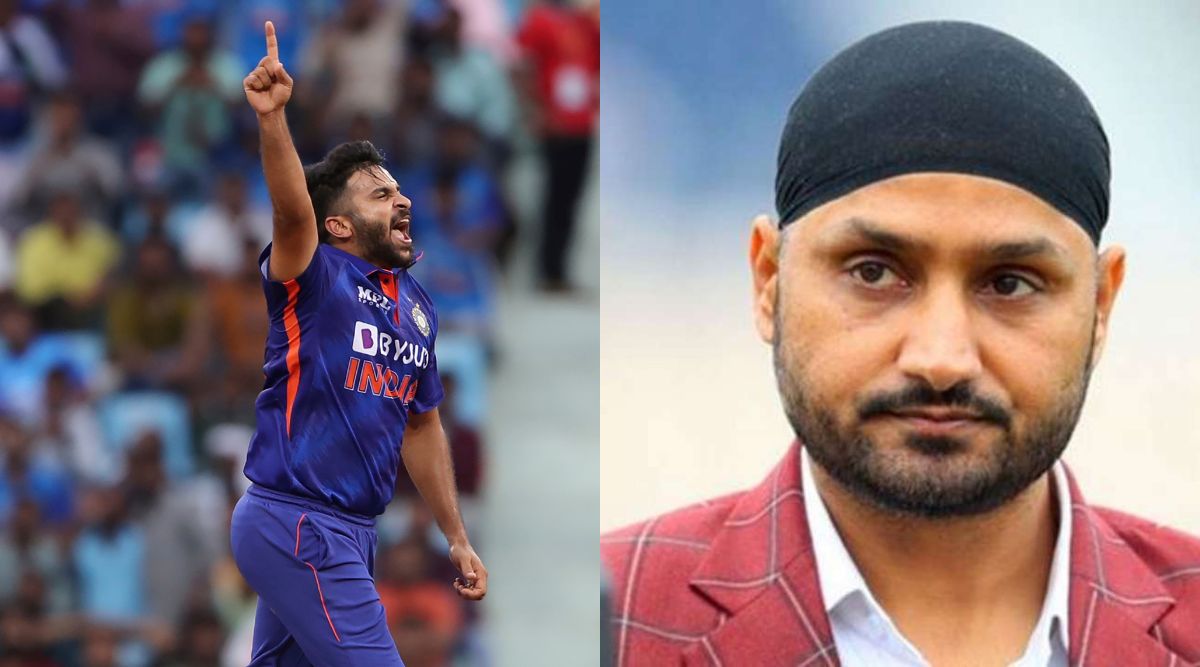Given the fact that India’s top order for the T20 World Cup is stacked with right-handers – and Rishabh Pant is not a guaranteed starter in the XI – India will likely miss an ‘impact’ left-hander in the middle order, whose presence could have eased some pressure on the team’s designated finisher Dinesh Karthik.
There are some well-known advantages of having left-handers in the batting line-up, especially in T20 cricket. The field has to change every time the strike changes, and bowlers are forced to alter their plans and tweak their line of attack as well.
Particularly in T20, the presence of a left-hander or two means opposition teams can be forced to include an off-spinner in a conventionally favourable match-up against those batsmen, but the same bowler can then be targetted by the right-handers. Or a left-hander can be sent in specifically to target a left-arm spinner or a leg-spinner, who may otherwise be proving hard to hit for the right-handers. He can also be utilised to target a shorter boundary.at a ground from one end, while the right-handers attempt the same from the other end.
A major aspect of Gujarat Titans’ title-winning run in their debut Indian Premier League season was their ability to win the clutch moments in games. They consistently won matches courtesy of the finishing exploits of David Miller and Rahul Tewatia – two southpaws who won matches from situations when their team was seemingly down and out.
While Miller has been known for years for his crack finishing with his national team South Africa as well with T20 franchises across the world, Tewatia was a revelation with his nerveless late hitting. Apart from Karthik, Tewatia was the only Indian batter who impressed with his finishing exploits in IPL 2022. The 29-year-old scored 217 runs at a strike rate of 147.62 in the tournament, but he was not in India’s T20I scheme of things.
Rishabh Pant is not a guaranteed starter in playing XI. (File)
Axar Patel – the only other left-hander in the current India top seven apart from Pant – is called by many as a like-for-like replacement for the injured Ravindra Jadeja. But Patel is certainly not a three-dimensional player like Jadeja, although his bowling in the recent past has been impressive. He did take eight wickets in the recent three-match home T20I series against Australia, but his batting and fielding have not been close to the standards Jadeja has set at the international level.
Under Rohit Sharma, India have had enough confidence in Jadeja’s batting to send him as high as No 4 at times, including against Pakistan in the Asia Cup. On the other hand, Axar has been used like a ‘pinch-anchor’ at best, sent in at No 6 on a few occasions in the middle overs as India sought to hold back Karthik for the death. Heading into a tournament like the T20 World Cup, Axar Patel – who’s faced a mere 120 deliveries so far in T20Is – at No 6 is certainly not an ideal fit.
However, former Mumbai and India all-rounder Abhishek Nayar believes the quality of India’s batting is sufficient to make up for the scarcity of left-hand batters in the line-up.
“It is more about the skillset of the players rather than them being right-handed or left-handed. Most left-handers now play the switch hit and also play the off-spinners well. Same goes with the right-handed batters, all of them play the left-arm spinner or the leg-spinner well now,” Nayar, the Kolkata Knight Riders assistant coach, told The Indian Express.
“I am not a believer in left-right combination; also, your righty or lefty will have to bat well – this is what matters the most in T20 cricket. In a T20, your planning depends upon overs, not batting order,” Nayar added.
We take a look at some of the destructive southpaws in the middle-order from a few teams that are T20 World Cup contenders alongside India.
Matthew Wade (Australia)
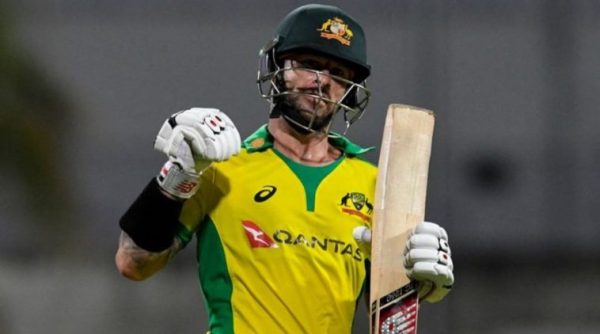 Matthew Wade in action for Australia.
Matthew Wade in action for Australia.
The Pakistani cricket fan will never forget those sixes of Matthew Wade off Shaheen Shah Afridi. Wade, a nerveless finisher, pulled off a heist in Dubai last year. Wade’s 17-ball unbeaten 41 helped Australia beat Pakistan in the 2021 T20 World Cup semi-final, and they went on to win the title.
Since that knock, Wade has played 17 T20Is, and in 12 innings since, he has produced a few blinders, most recently against India in Mohali and Nagpur. Wade’s 21-ball unbeaten 45 helped Australia chase down 209 with four wickets and four deliveries to spare in Mohali. In the truncated eight-over affair in Nagpur, he crunched an unbeaten 43 off 20 to revive Australia from 46 for 4.
David Miller (South Africa)
 South Africa’s David Miller celebrates scoring a century during the second T20 cricket match between India and South Africa, in Guwahati, India, Sunday, Oct. 2, 2022. (AP Photo/Anupam Nath)
South Africa’s David Miller celebrates scoring a century during the second T20 cricket match between India and South Africa, in Guwahati, India, Sunday, Oct. 2, 2022. (AP Photo/Anupam Nath)
After six dormant seasons, Miller finally exploded in IPL 2022 for Gujarat Titans; he amassed 481 runs from 16 matches with a strike rate of 142.73, smashing 23 sixes. Miller was a pivotal cog in Titans’ success, and has developed his off-side play in recent years to become more destructive around the ground.
His swashbuckling batting continued in the recently-concluded white-ball series against India; Ravi Shastri heaped praise on him after his 47-ball unbeaten 106 in the Guwahati T20I. The former India coach also said that with Miller in such kind of form, South Africa’s chances to win the T20 World Cup are high.
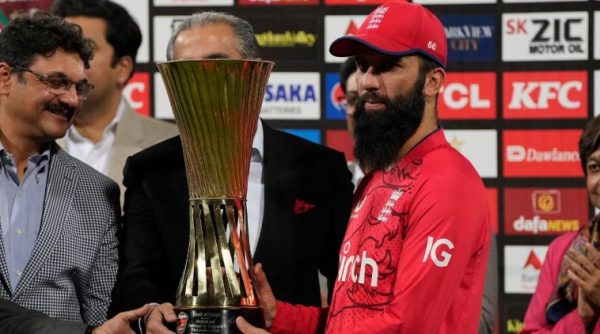 England’s skipper Moeen Ali, right, receives trophy after winning the twenty20 series during a presentation ceremony on the end of the seventh twenty20 cricket match between Pakistan and England, in Lahore. (AP)
England’s skipper Moeen Ali, right, receives trophy after winning the twenty20 series during a presentation ceremony on the end of the seventh twenty20 cricket match between Pakistan and England, in Lahore. (AP)
Moeen Ali has been one of the key players in England’s aggressive approach in white-ball cricket. He recently led England to a 4-3 T20I series win in Pakistan, where he played a couple of brilliant knocks.
In the second T20I in Karachi, while batting first, he provided the finishing flourish with his 23-ball unbeaten 55, and in the fifth T20I in Lahore, on a tricky surface, he scored an unbeaten 51 off 37. England went on to lose both matches but Ali showed the importance of having a destructive left-hand batter at No 6. Last week, in the second T20I against Australia in Canberra, Ali forged a 92-run stand with David Malan from a position of 54 for 4, and his 27-ball 44 shifted the momentum towards England.
Bhanuka Rajapaksa (Sri Lanka)
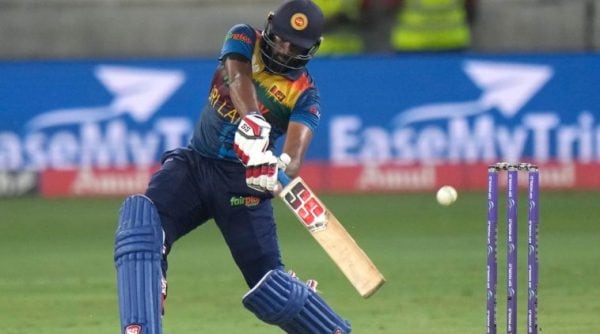 Sri Lanka’s Bhanuka Rajapaksa plays a shot during the T20 cricket Asia Cup final match between Pakistan and Sri Lanka, in Dubai, United Arab Emirates. (AP)
Sri Lanka’s Bhanuka Rajapaksa plays a shot during the T20 cricket Asia Cup final match between Pakistan and Sri Lanka, in Dubai, United Arab Emirates. (AP)
Bhanuka Rajapaksa, Sri Lanka’s batting star in the Asia Cup final, had retired at the start of this year after he was dropped on fitness grounds, but he was talked out of it. He came back, was given the role of a finisher and he is now excelling in it.
In the Asia Cup final, when he strode into the middle, Sri Lanka were 36 for 3. Soon, they were reeling at 58 for 5, but his well-crafted unbeaten 71 off 45 helped Sri Lanka put up 170 for 6, which proved to be a winning total. Rajapaksa’s decent scores all year round have made him a key player for Sri Lanka.
James Neesham (New Zealand)
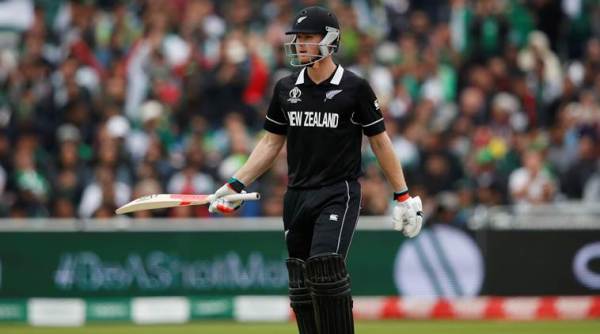 James Neesham registered his career best ODI score against Pakistan (Source: Reuters)
James Neesham registered his career best ODI score against Pakistan (Source: Reuters)
James Neesham’s career strike-rate in T20Is is 163.65, which shows why he is one of the most destructive power-hitters in the game. He is the king of cameos.
His 11-ball-27 in Abu Dhabi was the knock that breathed life into the Black Caps’ chase in their 2021 T20 World Cup semi-final against England. In 12 T20I innings this year, Neesham’s strike-rate is an incredible 192.10, although half of those innings have come against Ireland, Scotland and Netherlands.

